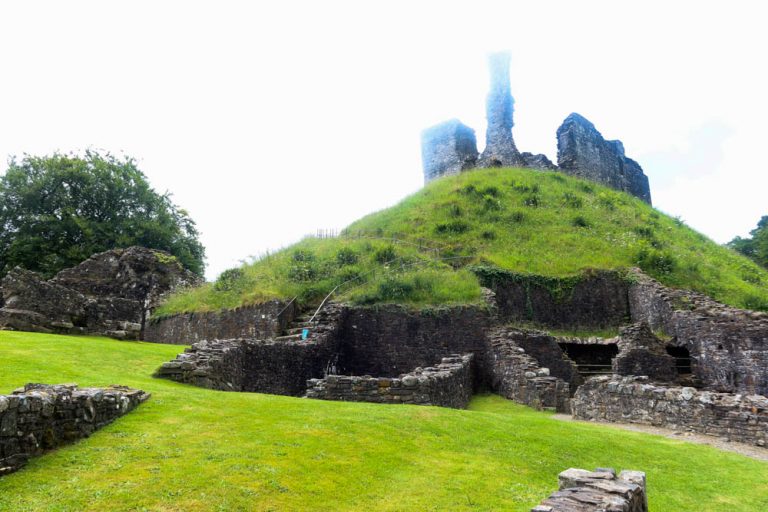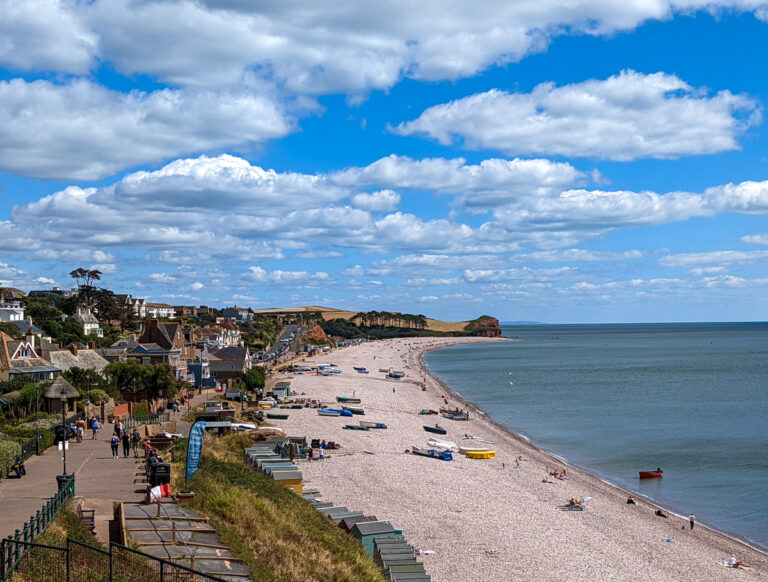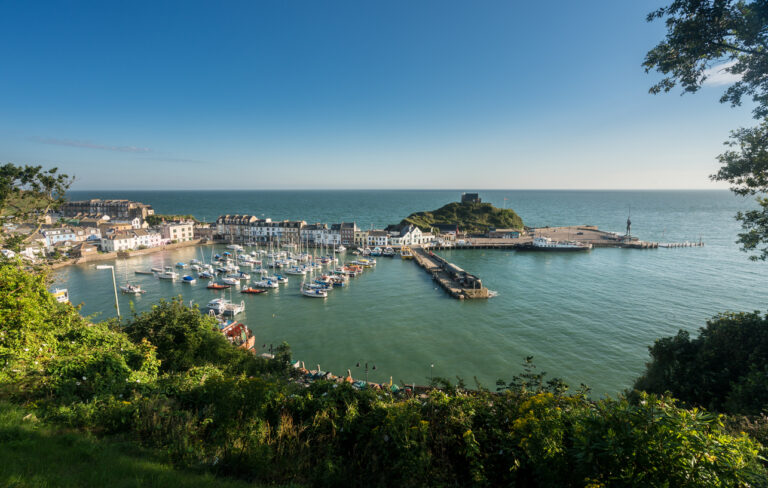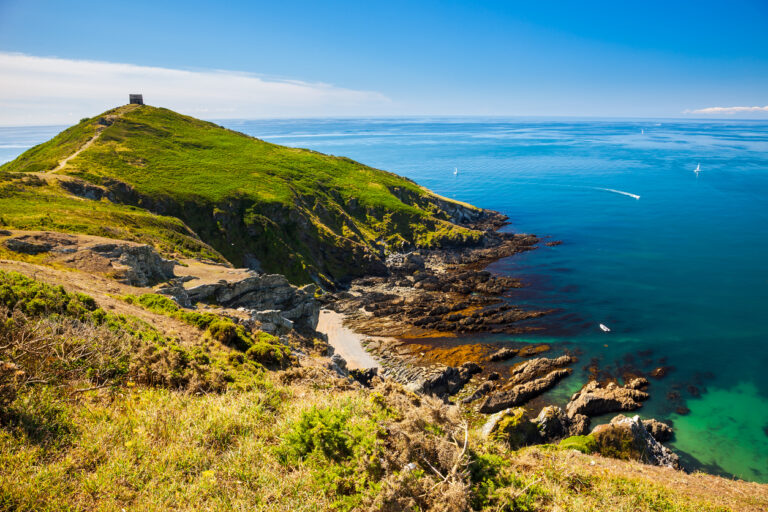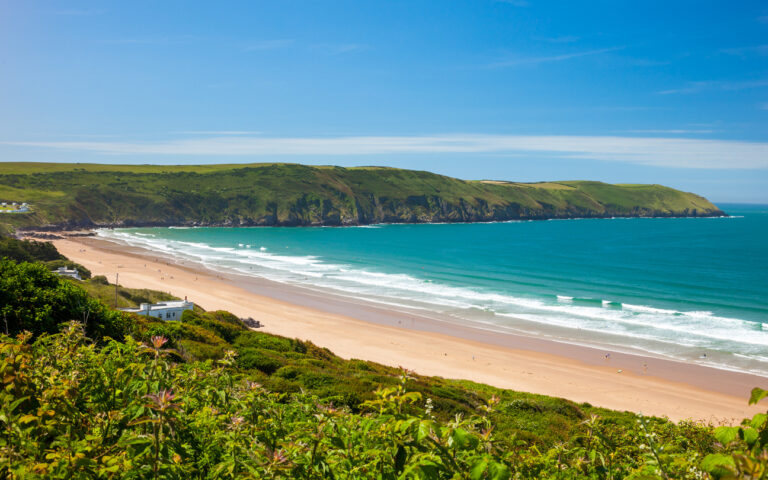West Country’s most scenic railway line that costs less than lunch
Often known as one of the most scenic railway journeys in the country, the East Devon route from Exeter to Dawlish is a delight.
As the train curves around the Exe Estuary and along the edge of the sea, you’ll be immersed in Devon’s wild, rugged beauty close-up.
And, unlike tourist-centric train journeys that come with a hefty price tag, this route costs less than lunch!
Starting the journey
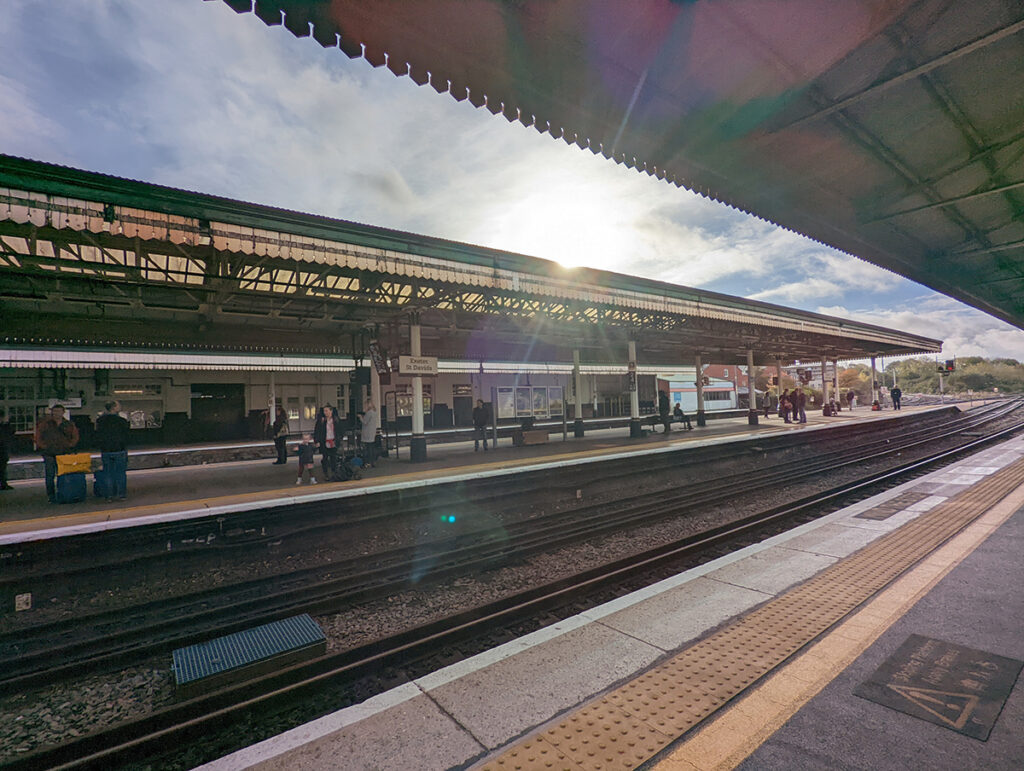
Start your journey at Exeter St Davids station, which connects to cities like London Paddington, Bristol and Birmingham.
The station itself, with its old-world charm and the steady flow of passengers, is the ideal place to start an adventure – even if it’s only the public train to Dawlish!
The city slowly fades from view as the train picks up speed, and soon, the landscape begins to shift. First, the Exe Estuary, the mouth of the river Exe that wends its way to Exmouth on one side and Dawlish Warren on another.
Heading to the coast

While the Exe Estuary is very pretty, arguably the best part of the journey is the stretch from Starcross to Teignmouth.
As the train glides away from the quiet riverside of Starcross, the scenery opens up in a way that feels almost cinematic.
On one side, you’ll see the vast sweep of the Exe Estuary, where the water meets the sky in a soft, endless line.
Then, as the train veers closer to the coast, suddenly, the train feels as though it’s floating right above the sea.
The waves roll in, sometimes crashing against the sea wall, other times gently lapping, but always close enough to feel like part of the journey itself.
The cliffs along this route, with their rich, red sandstone, rise in jagged formations.
Approaching Teignmouth, the view begins to soften with sandy beaches, boats bobbing in the harbour, and the charm of a seaside town welcoming you back to land.
How to plan a trip on the Exeter to Teignmouth railway
- Duration: Approximately 20 minutes
- Frequency: Trains run frequently throughout the day (around every 20 minutes)
- Service: Great Western Railway (standard passenger train)
Best seat choice
For coastal views, sit on the seaward side (left if travelling from Exeter). Aim for a window seat to fully enjoy the scenery – some of these trains get busy, so it’s best to arrive at the station early to secure your seat. Some of the trains arrive in Exeter St Davids a few minutes early and wait at the station!
Ticket information
Off-peak day return starts at £6.40.
Discounts are available with Railcards. You can purchase an age-related railcard (18-25, 26-30 or senior), two together railcards (for two people travelling together) or railcards for disabled people, veterans or carers.
Or, if you take many trips in the West Country, consider a Devon and Cornwall railcard for 30% of transport in the region.
You can purchase tickets online or at the station – advance booking is not typically required.
When to take the train journey
For dramatic views of the waves crashing against the sea wall, travel during high tide. The time of high tide differs depending on the day, but you can check out the tide times here.
Early morning or late afternoon trips often mean quieter trains and softer lighting for photos!
Stations along the route
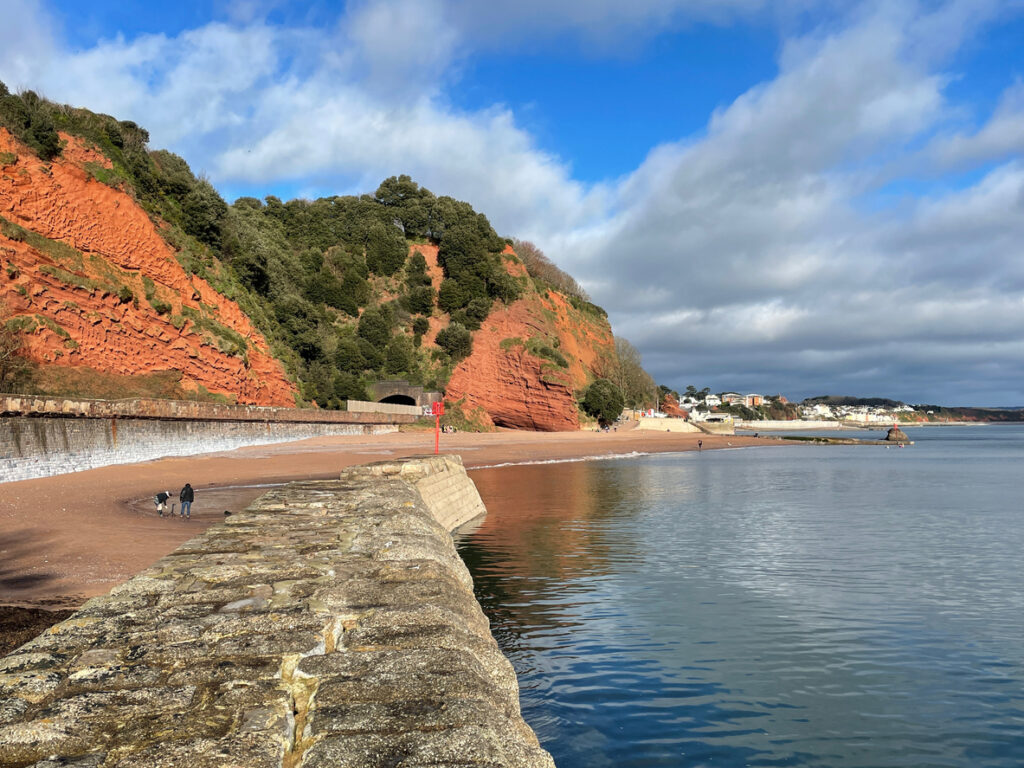
- Starcross: A scenic village along the Exe Estuary, just before the coastal stretch. I wouldn’t recommend disembarking here, but you can take the boat to Exmouth from the pier (summer months only).
- Dawlish Warren: A beach resort with golden, powdery sand and tourist facilities.
- Dawlish: Known for its beach and traditional seaside charm. Take a look at the best things to do in Dawlish.
- Teignmouth: A picturesque seaside town with beaches and a harbour. Take a look at the best things to do in Teignmouth.

